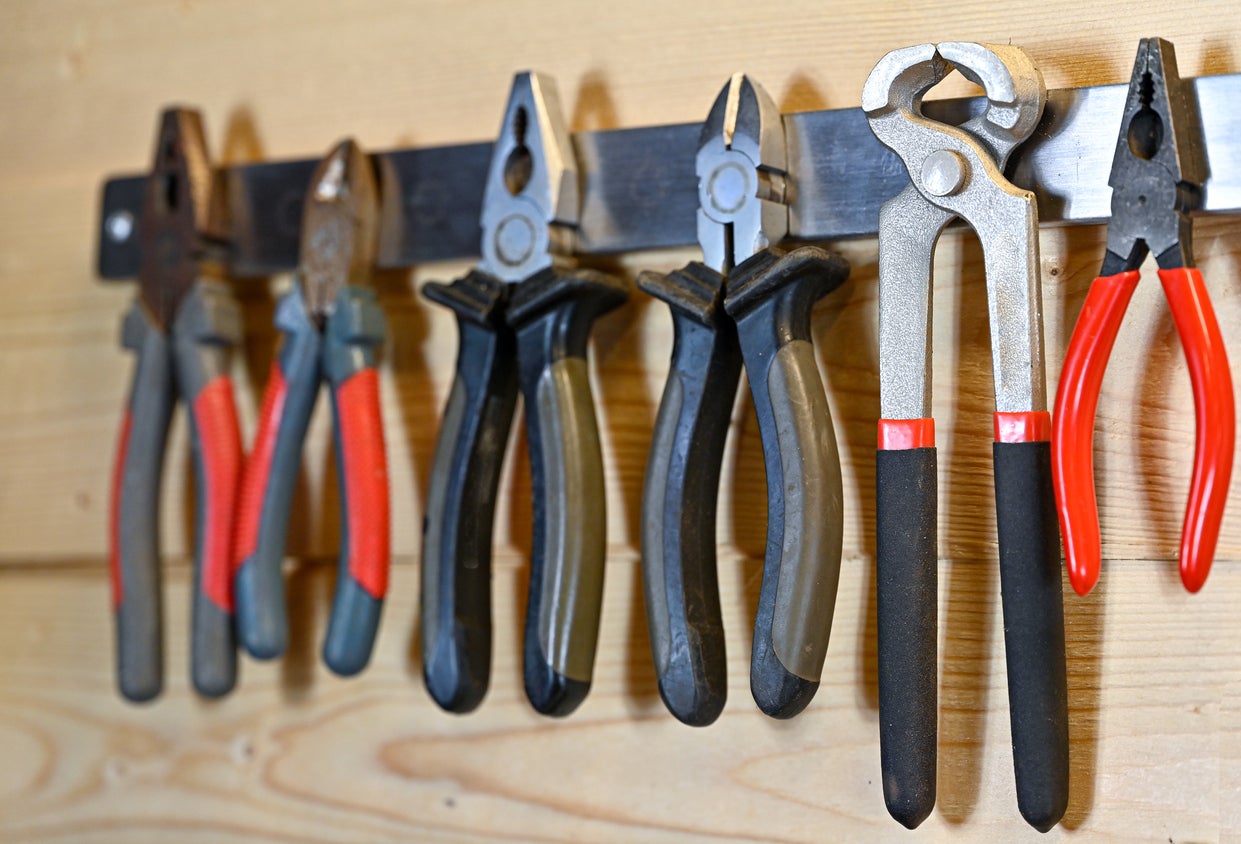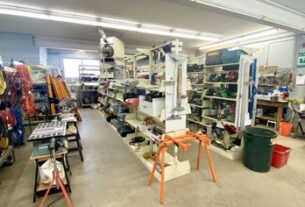Are you tired of struggling with loose bolts and nuts? Do you want to have a firm grip on your workpiece? If yes, then you need to invest in high-quality gripping tools. These tools are designed to provide maximum torque and grip, making your work easier and faster.
In this article, we will guide you through everything you need to know about gripping tools. From types to features, we have got you covered. So, let’s get started!
Types of Gripping Tools
There are different types of gripping tools available in the market. Each tool has its unique features and is designed for specific tasks. Here are the most common types:
1. Pliers
Pliers are one of the most versatile gripping tools available in the market. They come in different shapes and sizes, including long-nose pliers, slip-joint pliers, and locking pliers. Pliers are ideal for holding small objects, bending wires, and cutting through thin materials.
2. Wrenches
Wrenches are designed to tighten or loosen bolts and nuts. They come in various shapes and sizes, including adjustable wrenches, box-end wrenches, and open-end wrenches. Wrenches are ideal for automotive repairs, plumbing works, and construction tasks.
3. Clamps
Clamps are used to hold two objects firmly together while they dry or bond. They come in different types such as C-clamps, bar clamps, pipe clamps, and spring clamps. Clamps are ideal for woodworking tasks such as gluing boards together.
4. Vises
Vises are similar to clamps but are designed for heavier-duty tasks such as metalworking and welding works. They come in different types such as bench vises, pipe vises, and machinist vises.
Features to Consider when Buying Gripping Tools
When buying gripping tools, there are certain features that you need to consider. These features will help you choose the right tool for your specific needs. Here are the most important ones:
1. Material
The material used to make the gripping tool determines its strength and durability. Most gripping tools are made of steel or aluminum, but some high-end models use titanium or other alloys.
2. Grip Comfort
Grip comfort is another crucial feature to consider when buying a gripping tool. The handle of the tool should be designed with ergonomics in mind, providing a comfortable grip that reduces hand fatigue.
3. Jaw Size
The jaw size of a gripping tool determines the maximum width of the object it can hold. Make sure to select a tool with jaws that match your specific needs.
4. Adjustability
Some gripping tools come with adjustable jaws or handles, allowing you to customize them to fit different objects.
5. Locking Mechanism
Locking mechanisms are essential for holding objects firmly in place. Most pliers and wrenches come with locking mechanisms that prevent slipping during use.
6. Price
Price is always a factor when purchasing any tool. While it’s tempting to go for the cheapest option available, investing in high-quality tools will save you money in the long run.
Tips for Using Gripping Tools Safely
Using gripping tools improperly can lead to accidents and injuries. Here are some tips for using these tools safely:
1. Always wear safety goggles or glasses when using any type of gripping tool.
2. Use the right tool for the job. Do not force a tool to do something it’s not designed for.
3. Keep your grip on the handle only, and never put your fingers near the jaws or blades of the tool.
4. Always use two hands when operating larger tools such as wrenches and vises.
5. Inspect your tools regularly for any signs of wear or damage. Replace them if necessary.
Conclusion
In conclusion, gripping tools are essential for anyone who works with mechanical or construction tasks. They provide a firm grip that makes your work easier and faster. When buying a gripping tool, consider the features we have discussed in this article to make an informed decision.
Remember to always use these tools safely to avoid accidents and injuries. With the right gripping tool and proper usage, you can complete any task with ease!
References:
1. https://en.wikipedia.org/wiki/Pliers
2. https://www.familyhandyman.com/tools/wrenches/
3. https://www.bobvila.com/articles/how-to-use-a-clamp/
4. https://www.machinemfg.com/types-of-vises/




